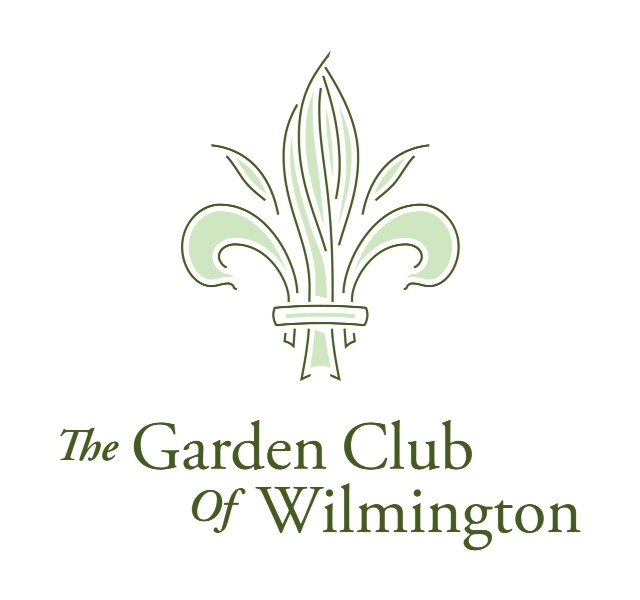Unlike some trials where there are clear winners and top performers, this evaluation showed that each of the studied Amsonia species, varieties, cultivars, and hybrids were healthy and attractive plants with horticultural value for the home garden. Mt. Cuba’s Trial Garden Assistant, Laura Reilly, says, “the range of sizes, from a few inches to several feet high, combined with a variety of textures, means there is likely to be an ideal Amsonia for every garden.” As a group overall, native Amsonia are great for sunny locations, make good companions in a mixed border, and are lovely planted en masse.
This trial performed by Mt. Cuba Center’s horticultural research team evaluated the garden performance and ornamental qualities of Amsonia, a genus of beautiful, adaptable, and long-lived perennials. Commonly known as bluestars, Amsonia was named for 18th century Virginia physician and botanist John Amson. Most Amsonia are native to the United States and Mexico with two additional species found in Greece and Turkey (Amsonia orientalis) and Asia (Amsonia elliptica). In this trial, they included representatives of three native species, Amsonia ciliata, Amsonia hubrichtii, and Amsonia tabernaemontana, as well as numerous varieties, cultivars, and hybrids. The non-native A. orientalis was also included to allow for direct comparison to the native species.
This trial evaluated 20 different Amsonia over a ten-year period and focused on their garden performance and ornamental qualities. Diseases were infrequently observed in this trial, and aside from minor chlorosis and rust, the plants were virtually pest and disease free. The Amsonia trial was grown in part-to-full sun in “average” soil, best described as clay-loam with a pH near 6.5. Throughout the trial, plants were given minimal care. Supplemental water was provided only during the first year after planting to encourage establishment. Mt. Cuba Center is located near Wilmington, Delaware and is within USDA hardiness zone 7a.
Here are some key takeaways from the evaluation:
Amsonia overall are beautiful, easy-care plants that provide three-season interest in any home garden with sun.
Homeowners have their pick of native Amsonia, since nearly all tested performed very well and were virtually disease free. Make selections based upon size, foliage texture, fall color, and availability.
As native plants, Amsonia provide value beyond their beauty by supporting pollinators and the caterpillars of native butterflies and moths.
Amsonia can take time to fully establish in the garden, so patience is key for gardening with this group of plants.
Based on results from this evaluation, Mt. Cuba now considers the commonly grown and readily available Amsonia ‘Blue Ice’ to be a form of the non-native Amsonia orientalis.
ABOUT Mt Cuba’s TRIAL GARDEN RESEARCH
Mt. Cuba Center’s Trial Garden, managed by Sam Hoadley and Laura Reilly, evaluates native plants and related cultivars for their horticultural and ecological value. This research aims to provide gardeners and the horticulture industry with information about superior plants for the mid-Atlantic region as well as highlight the important ecosystem services native plants provide. Mt. Cuba has conducted Trial Garden research since 2002, including previously completed evaluations of Carex, wild hydrangea, Echinacea, Helenium, Phlox, Monarda, Baptisia, Coreopsis, Heuchera, and asters. These reports and additional information about some trials are available on our website at the link below.
